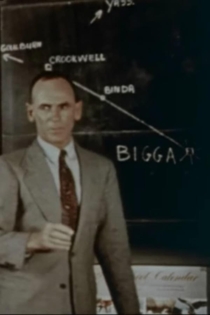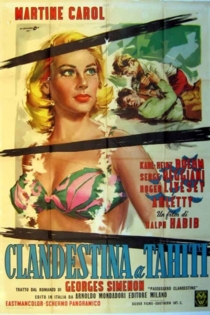
Lee Robinson
2021Namatjira the Painter
Ralph Foster, Lee Robinson
Albert Namatjira, Rex Battarbee
Traces the life and artistic development of the Aboriginal painter, the late Albert Namatjira. His environment, his introduction to painting, his subsequent success with beautifully original landscapes and his influence on fellow Aborigines are recorded.
Namatjira the Painter
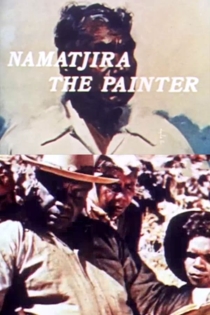
The Pearlers
Lee Robinson
Beautifully filmed in black and white, this classic short film looks at pearling in the late 1940s. It goes on board the boats that work off the coast of Broome, Western Australia, from March to December each year. Crewed mainly by Aboriginal, Malay and Chinese men, they work six days a week from sun up to sun down—replenished occasionally by supply boats that also take away their hauls of pearl shell. The film captures the atmosphere, the detail and the danger involved in the search for shell as the divers in huge metal helmets and layers of clothing under their suits dive two at a time, each with one person tending their airhose and another their lifeline.
The Pearlers
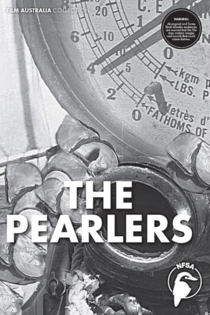
Dust in the Sun
Lee Robinson
Jill Adams, Ken Wayne
A Northern Territory policeman, is given the job of taking an Aboriginal prisoner Emu Foot, to Alice Springs to be tried for a tribal killing. Bayard is wounded during a revenge attack by tribesmen, and Emu Foot helps him get to a remote cattle station. But there Bayard gets involved in a domestic crisis involving Julie Kirkbride, the neurotic, bored wife of the station owner, and is tempted by the head stockman's daughter Chris Palady.
Dust in the Sun
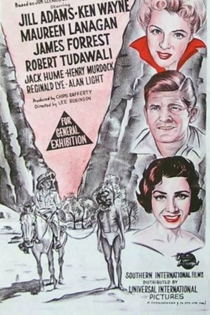
Skippy and the Intruders
Lee Robinson
Ed Devereaux, Tony Bonner
Skippy and the Intruders (also known as The Intruders) is a 1969 Australian film directed by Lee Robinson, and is a spin-off of the popular Skippy the Bush Kangaroo TV series. A gang of criminals led by Meredith is looking for sunken treasure off Mallacoota, pretending to be diving for abalone. Sonny, son of Matt Hammond, the Chief Ranger of Waratah National Park, investigates with their family friend, Clancy. Sonny and Clancy are kidnapped. Skippy comes to the rescue. After a speedboat chase and a fight in the sand dunes, Meredith is captured.
Skippy and the Intruders
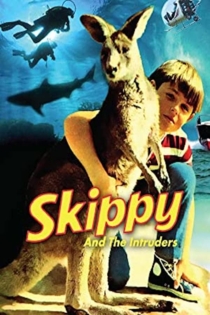
Walk Into Paradise
Lee Robinson, Marcello Pagliero
Chips Rafferty, Françoise Christophe
Steve McAllister, an Australian official for The New Guinea Administration, gets orders to investigate an oil discovery by Ned 'Shark-Eye' Kelly in the interior. He selects his native policeman, Sergeant-Major Towalaka, to accompany him on his "walk into hell" and then finds that a French lady doctor, Louise Dumurcet, is to go with them part of the journey. They find the malaria-stricken Jeff Clayton in a deserted village and he joins the trek. They are captured by jungle-natives but are released after Dr. Dumurcet cures the fever-stricken children of the chief.
Walk Into Paradise
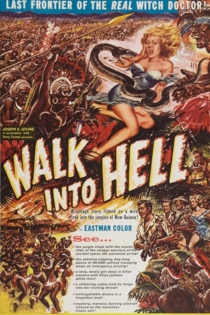
The Phantom Stockman
Lee Robinson
Chips Rafferty, Henry Murdoch
Kim Marsden inherits a cattle station near Alice Springs after the death of her father. Kim becomes convinced her father was murdered. She sends for a legendary local bushman called the Sundowner, who was one of her father's best friends.
The Phantom Stockman
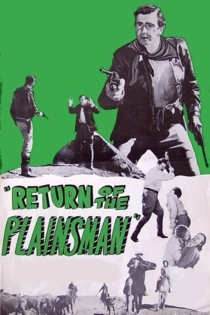
Darwin: Doorway to Australia
Lee Robinson
Original archival synopsis: The Japanese bombed Darwin many times during World War II because it was strategically important target number one in their attack on the Australian mainland. Before the war, Darwin was little known except to the crews of pearling luggers and cattlemen. During the war it become an important air base which contributed much to the success of General MacArthur's island-hopping campaign against Japan. Today Darwin is an aerial port of call for all planes travelling either from Europe or the Far East to Australia. The Darwin touchdown is, in fact, for many travellers the first sight of the Australian continent. The film shows Darwin as it is today (1949), much ravaged by Japanese attack during World War II, but already showing signs of building activity and general recovery. The film indicates the general life of the town and also explains the plan which will make Darwin a model city of which Australia will be very proud.
Darwin: Doorway to Australia

King of the Coral Sea
Lee Robinson
Chips Rafferty, Ilma Adey
A body is found floating in the Torres Strait and pearler Ted King is asked to investigate. He discovers the murder is connected to a people smuggling ring and involves one of his men, Yusep. He is helped by Peter Merriman, the playboy owner of King's company who romances King's daughter Rusty. Yusep kidnaps Rusty but Merriman and King rescue her.
King of the Coral Sea
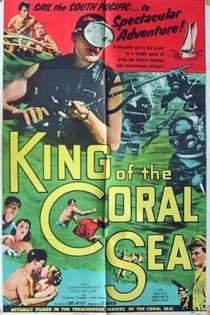
Bring Out a Briton
Lee Robinson
Chips Rafferty
‘Bring Out a Briton’ was a short appeal for Australians to help the Immigration Department in its plan to form and assist a ‘Bring Out a Briton’ Committee in each district. It featured popular Australian actor Chips Rafferty as the spokesman for the campaign. Aimed at the Australian public rather than the prospective immigrants it was designed to allay a perceived anxiety amongst the public about non-British European migration.
Bring Out a Briton

Crocodile Hunters
Lee Robinson
Harold Gray
In the estuaries and lagoons of the Northern Territory, freshwater and saltwater crocodile are hunted for their hides by both Indigenous and non-Indigenous hunters. This film shows Aboriginal people using age-old hunting techniques to land crocs either for food or for skins. The methods employed by the professional hunters, who earn as much as 3000 pounds during the season, are also depicted, followed by a brief look at how the hides are skinned and prepared before being transported to the leather factories of Sydney and Melbourne.
Crocodile Hunters
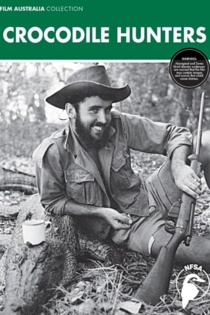
Double Trouble
Lee Robinson
Frank Waters, Ken McCarron
Can't find what you are looking for? All you have to do is ask. Such advice is not so straightforward when you can't speak the language. By 1951, Australian postwar migration programmes were geared to receiving large numbers of non-British migrants. Considerable efforts were made to overcome prejudice on the part of the predominantly British-derived community towards the newcomers. Double Trouble was an attempt to make the point with humour. Bob and Stan, two Aussie blokes, are magically transported to the streets of a foreign country, where their inability to communicate gets them into a tight spot. They discover that it's not easy being a foreigner in a strange land. The central message in this film is that Australia needs migrants so Australians should make them feel welcome and offer assistance, not complaints.
Double Trouble

